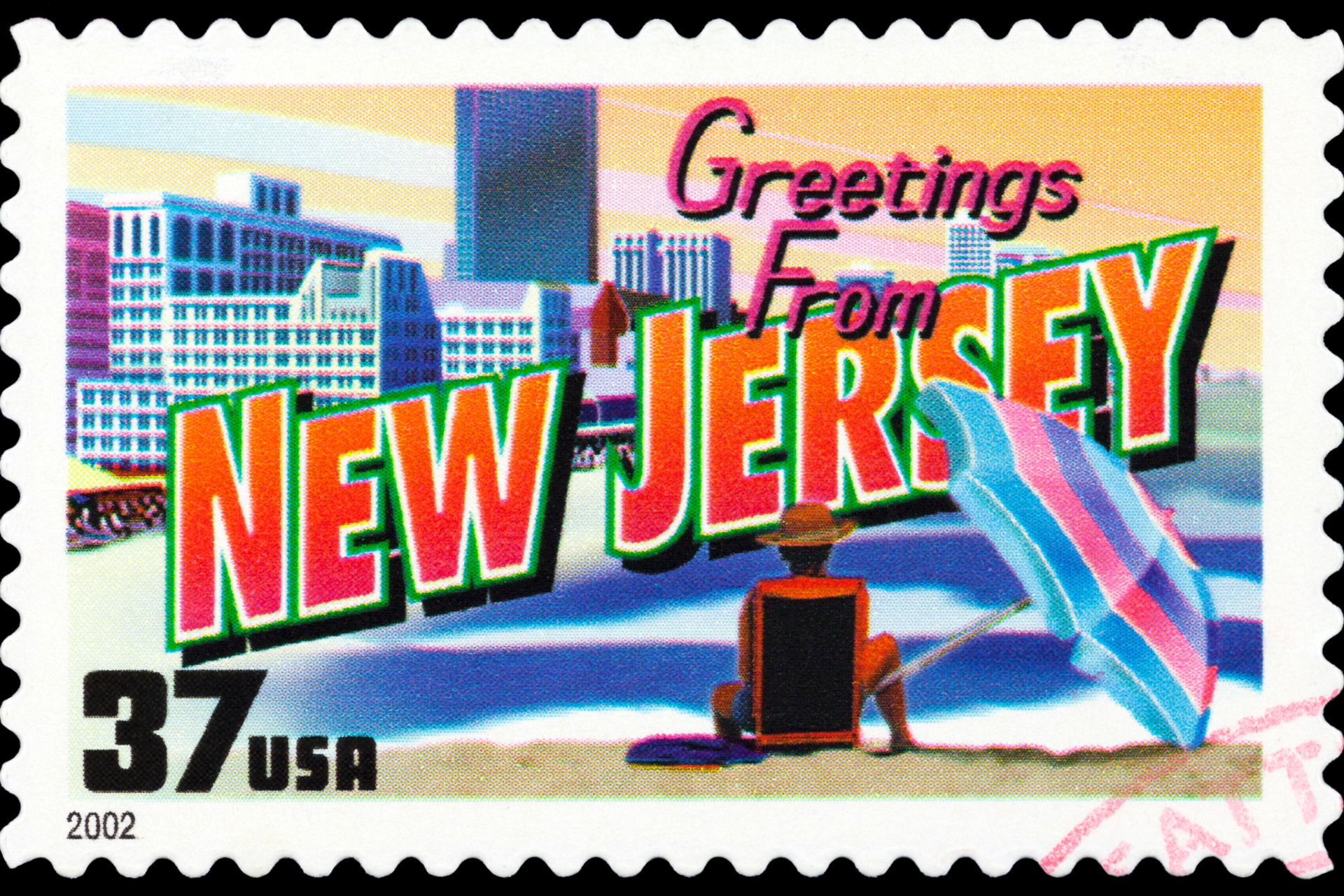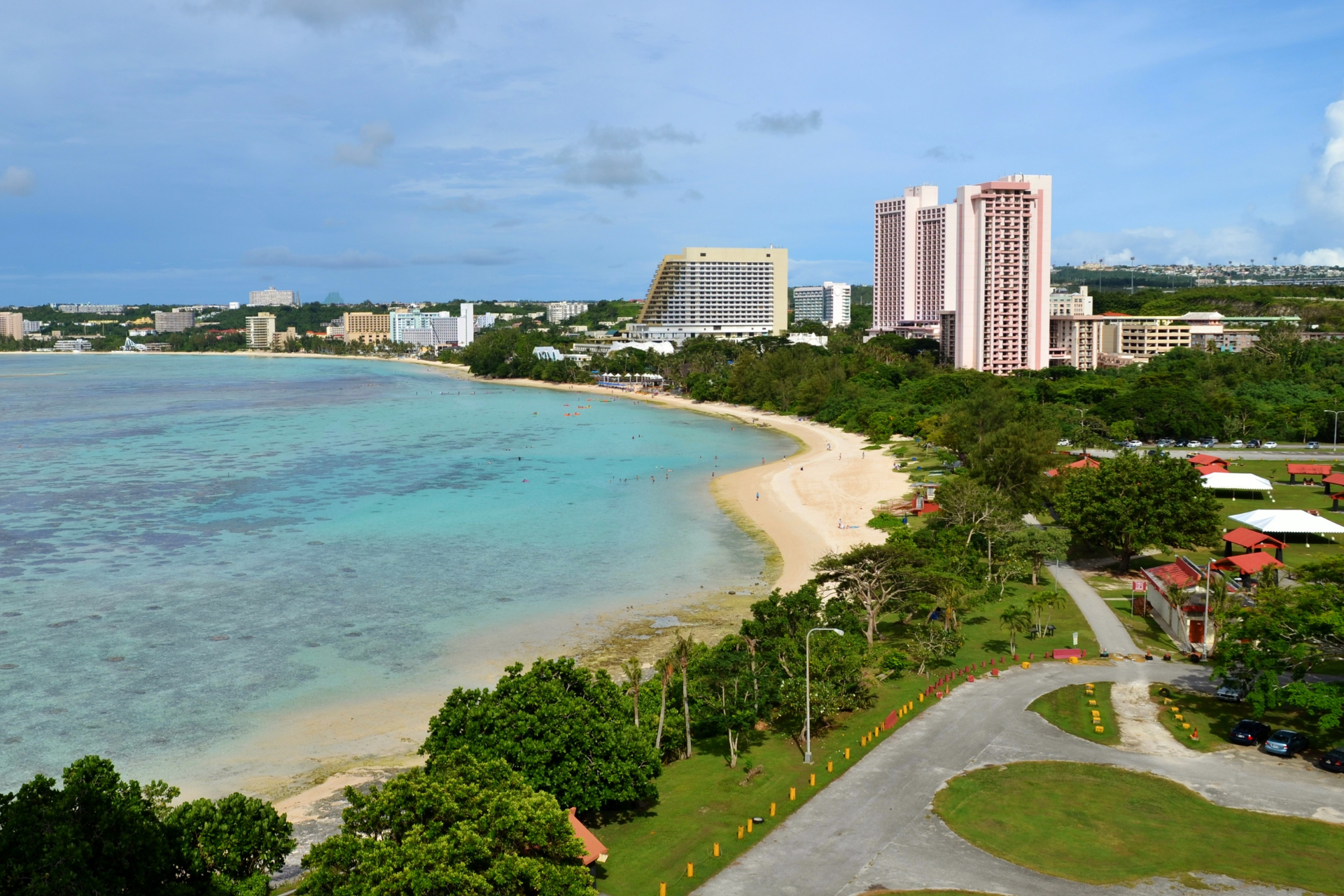On July 25, Puerto Rico observes the anniversary of its local self-government. On that day in 1952, Governor Luis Muñoz Marin formally proclaimed a Constitution for the island, which would henceforth be called the “Commonwealth of Puerto Rico” in English and “A Freely Associated State” (Estado Libre Asociado) in Spanish.
In over six decades of operation on the island, much has occurred that could not have been anticipated at the time, warranting an examination of the Constitution’s meaning today.
To begin with, the legal form of government in Puerto Rico is neither a “Commonwealth” nor a Freely Associated State. It is a local governing arrangement for an unincorporated territory of the United States. In short, the Puerto Rican Constitution did nothing to change the essential condition of the island. It is still the U.S. colony that it became in 1898 when U.S. Expeditionary Forces wrested control of the island from the Spanish. The subsequent Treaty of Paris merely shifted colonial control from Madrid to Washington.
The 1952 document succeeded for a while to dress up the true nature of the relationship, deflecting international criticism of the United States during the “cold war” by communist countries, which had been calling the U.S. a colonial power. Obviously, Gov. Muñoz Marin was well aware of the limitations and impermanence of the document. His 1980 obituary in the New York Times quotes him as answering a critic of the Constitution in this way, “Commonwealth is a very funny looking suit for Puerto Rico, but you must remember that Puerto Rico has a very funny looking body.”
Is this wry reply, spoken by the guiding force behind the drafting of the Constitution itself, still prescient today? Is the Puerto Rico Constitution continuing to clothe the island in an ill-fitting garment, one that is parting at the seams and frayed at the elbows? Does 1952 tailoring still define the island today? Judging by the broad dissatisfaction with the island’s political status expressed in the recent referendum, it seems that Puerto Ricans have examined themselves in the mirror and think it is time for a change.
In some ways the local government experiment launched by the Constitution has served the residents well. It has helped develop an energetic electorate that turns out in large numbers on Election Day. And it is difficult to imagine in 2013 that the people of Puerto Rico – who had been U.S. citizens since 1917 – lacked local autonomy as recently as 1952, but that was the system at the time.
Yet Puerto Rico is still a territory. Its legal status did not change in 1952. It only received a new “Commonwealth” label, one that enables all Americans to feel better about themselves. But at the end of the day, the United States still possesses a territory of 3.7 million people who lack fundamental democratic rights. And the people of Puerto Rico have said that this situation must change.
Photo by Carlo Giovannetti
Post updated 3/2/2023



After reading the possible financial solutions suggested by the USG —
I realize that the name “ESTADO LIBRE ASOCIADO” is a big lie –it is not a State–it is not Free–it is not Associated–it is a territory of the USG
I was not that well versed in Puerto Ricos history until 2003, the year i came to work on Tran Urbano. A few books later and alot of conversations, i quickly came to the conclution that the island, it’s politics and the people were in trouble. I can only wonder at what took everyone else so long to come to the same conclution.
Pingback: Non-sovereign revolutions: Thinking across Puerto Rico and Hong Kong—Part four - Lausan